Scandium Aluminum Evaporation Materials Description
Thin-Film Mat Engineering (TFM) offers high-purity scandium aluminum evaporation materials, an alloy featuring both scandium (Sc) and aluminum (Al). These materials are crucial for high-quality film deposition in various processes. Our scandium aluminum materials are available with a purity of up to 99.9995%, thanks to our stringent quality assurance practices that ensure exceptional reliability.
Related Product: Scandium Evaporation Materials, Aluminum Evaporation Materials
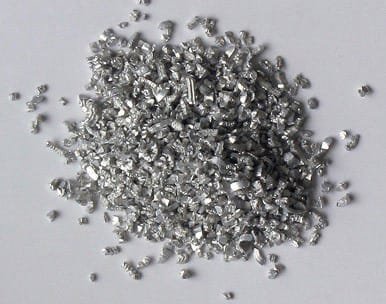
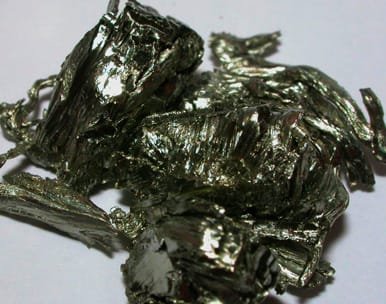
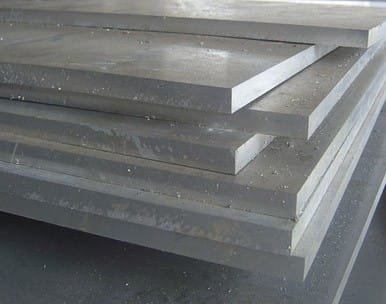
Scandium Aluminum Evaporation Materials Specification
| Item No. | Description | Purity (Sc/TREM) | Lot Size |
| Sc/Al-VD | Scandium Aluminum (Sc/Al) Evaporation Materials Pieces, Lump, Sublimed dendritic | 2%Sc+98%Al | 1kg 10kg 100kg |
Scandium Aluminum Evaporation Materials Application
Scandium aluminum evaporation materials are used in:
- Deposition Processes: Including semiconductor deposition, chemical vapor deposition (CVD), and physical vapor deposition (PVD).
- Optics: Applications such as wear protection, decorative coatings, and display technologies.
Scandium Aluminum Evaporation Materials Packaging
Our scandium aluminum evaporation materials are carefully tagged and labeled for clear identification and quality control. We ensure that the packaging protects the materials from damage during storage and transportation.
Get Contact


 MSDS File
MSDS File
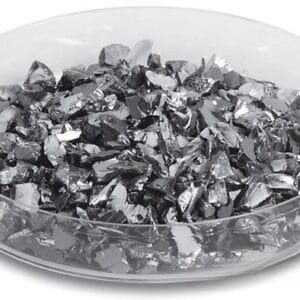
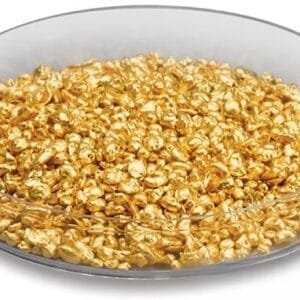
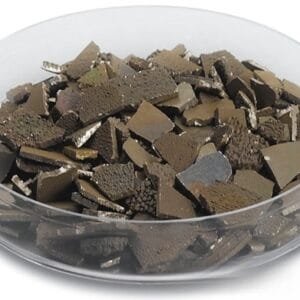
Reviews
There are no reviews yet.